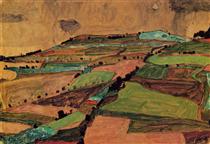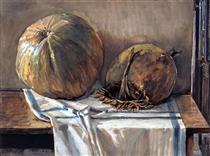
1890 - 1918
Egon Schiele
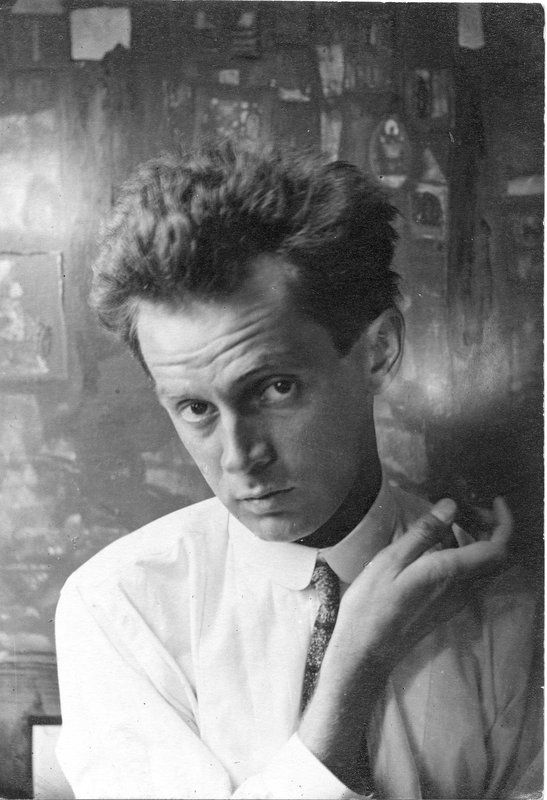
description
An Austrian painter and graphic artist, one of the most prominent representatives of Expressionism.
Egon’s father was a railway worker. From childhood, the boy was fond of drawing, depicting railway tracks, stations and the surrounding areas of his native town. In 1904, the family moved to the outskirts of Vienna, where his father soon died. After his death, his uncle, Leopold Chihachek, brought up Egon.
The powerful images of Egon Schiele that destroyed the idea of traditional beauty made him one of the most famous artists of the early twentieth century. In addition to the emotional portraits of stunning emotional emotion, Schiele is famous as an extraordinary person. By his extremely frank works and independent lifestyle, he challenged society and became almost as famous as his outstanding teacher Gustav Klimt. Only the tragic early death, interrupting his creative path, prevented Egon Schiele from becoming the most prominent contemporary artist and making a revolution in European art.
Key ideas:
– The main idea of Egon Schiele’s creativity, permeating all his art, is life and death, their endless change and reincarnation. This theme, one way or another, is present in his many self-portraits, allegorical canvases, and even landscapes. The artist depicts death, which follows a man in his footsteps, accompanying him from birth to the inevitable end. This is most clearly expressed in the paintings “Dead Mother” (1910) and “Girl and Death” (1915), which is one of the most famous works of the author.
– The style of the artist, who first borrowed many methods from his teacher Gustav Klimt, became brightly individual and extremely original when the artist was 18. Egon Schiele was a very talented draftsman; his sketches are almost more valuable than his large-scale oil paintings.
– Schiele’s works are recognizable thanks to a tough, broken line that outlines the body of a man, his face and his hands without unnecessary details. Pictures of people carry a strong emotional message and a frank sexual nature, which caused shock and at the same time genuine interest in society.
– Schiele’s color palette, unlike of his expressionist colleagues, is not distinguished by great saturation and contrast of color ratios. The artist uses mostly warm, muted colors: brown, gray, cherry red, dark green. Their shades make up an earthy palette that evokes a pessimistic mood, symbolizing wilting, smoldering and death.
– Separate consideration is deserved by self-portraits of the artist, which were countless. Egon Schiele painted about 300 his own images, being in this sense, probably, the record-breaker among the artists of all time. Most of them are pencil or watercolor sketches depicting the artist in various poses and mental states. In most of the drawings, Schiele imagines himself painfully thin, anxious and depressed, with knotty nervous hands and a tense facial expression. The most famous is his painting “Family”, where the artist depicted himself, his wife and their unborn child a few days before their death from the epidemic of the Spanish plague.
1890
1906
1907
1908
1909
1911
1912
1915
1917
1918
The birth of the artist
Entered the School of Arts and Crafts in Vienna
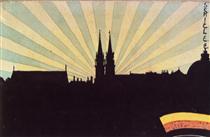
Klimt bought several drawings from the young artist
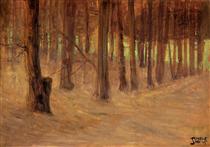
Took part in an exhibition in the Klosterneuburg
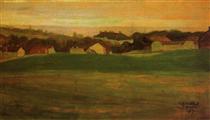
Schiele left the educational institution
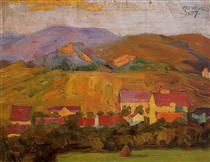
The first personal exhibition of the artist

He was arrested

Schiele was drafted into the army
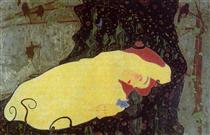
The artist created a large number of works

The death of the artist
